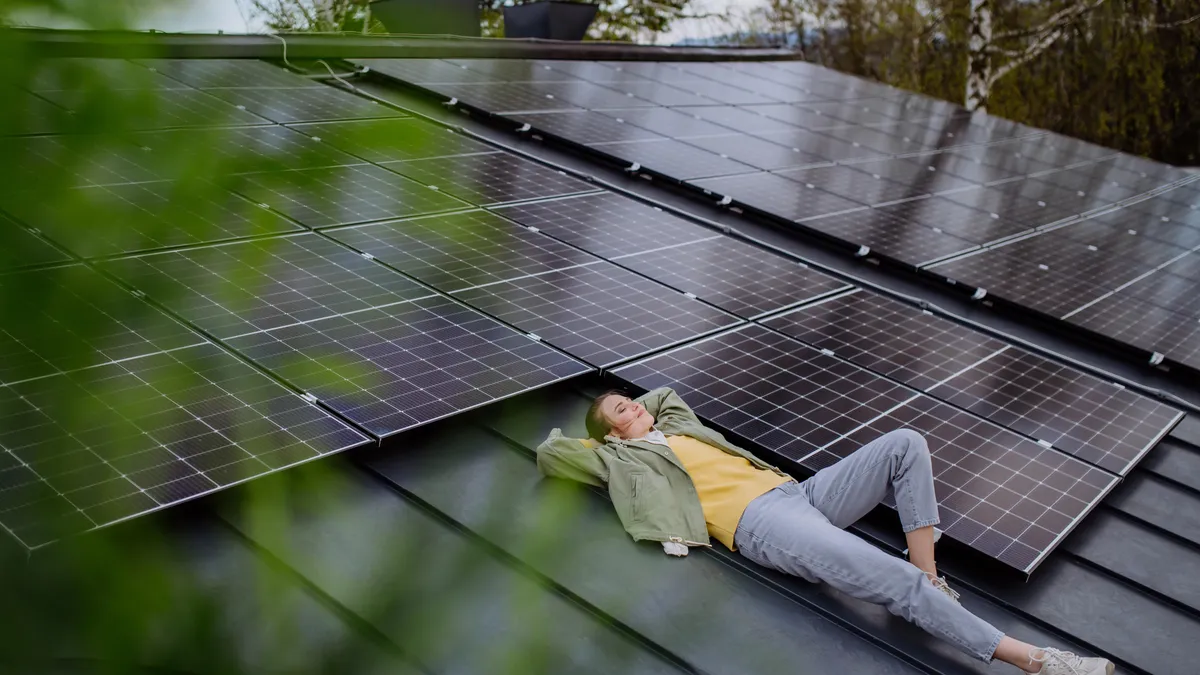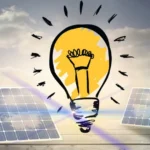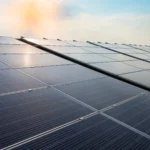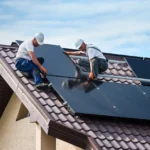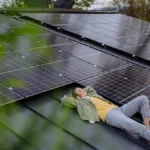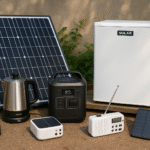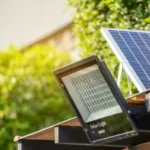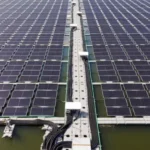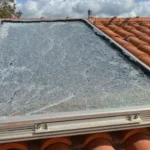Have you ever looked at your monthly electricity bill and wondered if your solar panels are really pulling their weight? Or maybe you’re considering going solar, but you’re worried about hidden costs, upkeep, and whether your investment will truly pay off.
That’s where understanding your solar power station, the combination of panels, inverter, and battery storage that fuels your clean energy lifestyle, makes all the difference. This guide breaks down not just the what but the how: how to keep your panels efficient, how to avoid common mistakes, and how to make sure your system pays off in the long run.
What Exactly Is a Solar Power Station?
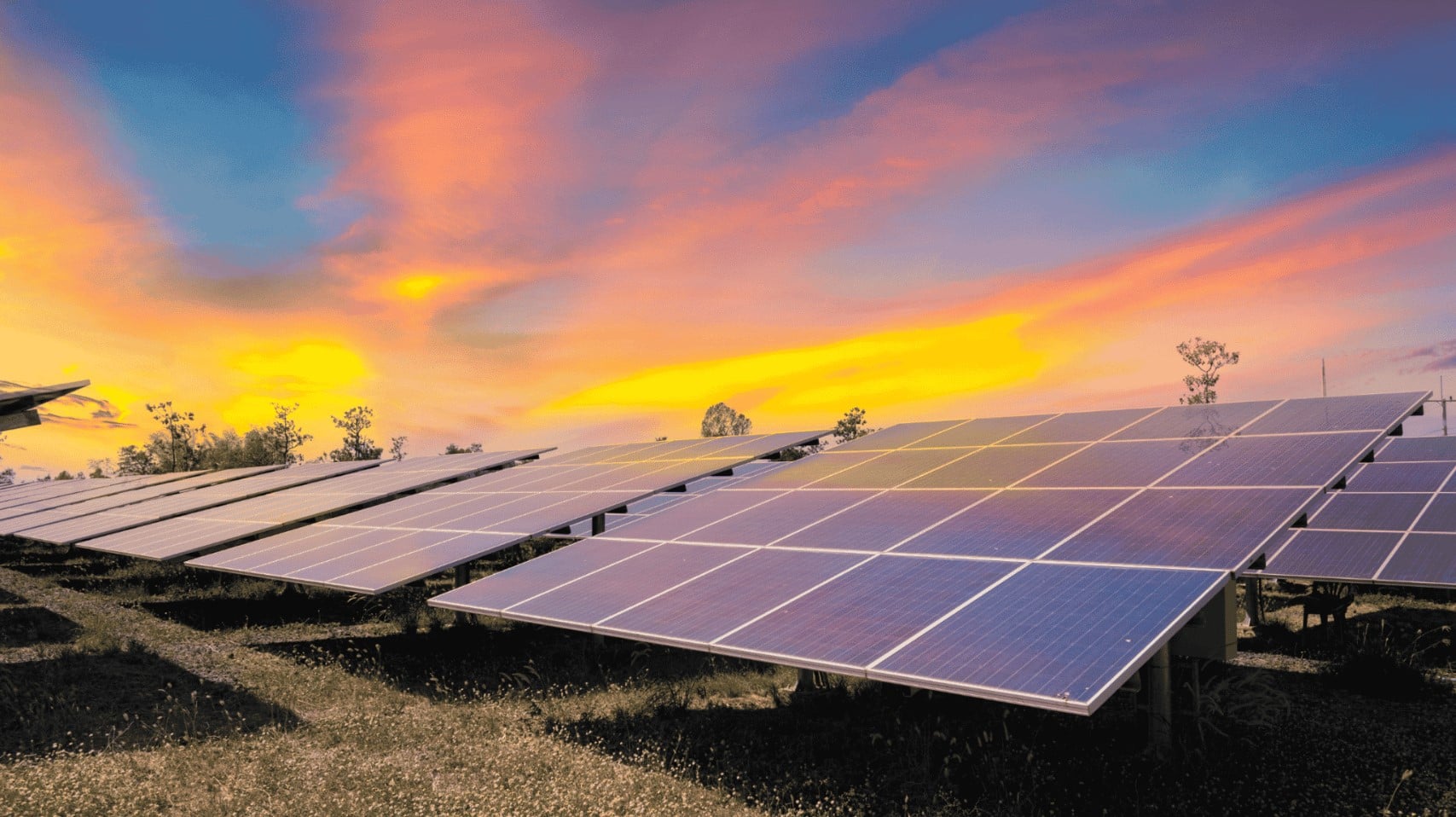
In simple terms, a solar power station is your personal energy hub. It includes:
- Solar panels capture sunlight and convert it into electricity.
- Inverters that turn DC from the panels into AC electricity that your home appliances can use.
- Optional batteries to store excess energy for night use or grid outages.
Think of it as your own mini power plant sitting right on your roof, or in some cases, a ground-mounted array in your yard.
Pro tip from experience: One homeowner I worked with in Arizona thought their panels weren’t “working” because their bills hadn’t dropped much. Turns out, the inverter had been running with an outdated firmware that capped output. A quick update restored 15% of their usable energy.
Why Solar Panel Efficiency Drops in Real Life
Manufacturers often advertise “400W” panels, but in the real world, dust, shading, and heat can drag efficiency down significantly.
Common Causes of Output Loss
- Soiling (dust, pollen, bird droppings): Can reduce output by up to 20% if panels aren’t cleaned for months.
- Shading: Even a single shaded cell can affect an entire string of panels.
- Heat: Contrary to intuition, very hot days often lower panel efficiency.
How to Fight Efficiency Loss
- Regular cleaning: A soft brush and deionized water can work wonders.
- Shade management: Trim trees at least twice a year if they’re near your array.
- Monitoring apps: Most modern systems let you track performance daily. Set an alert if production drops suddenly.
Solar Batteries: Extending the Power of Your Solar Power Station
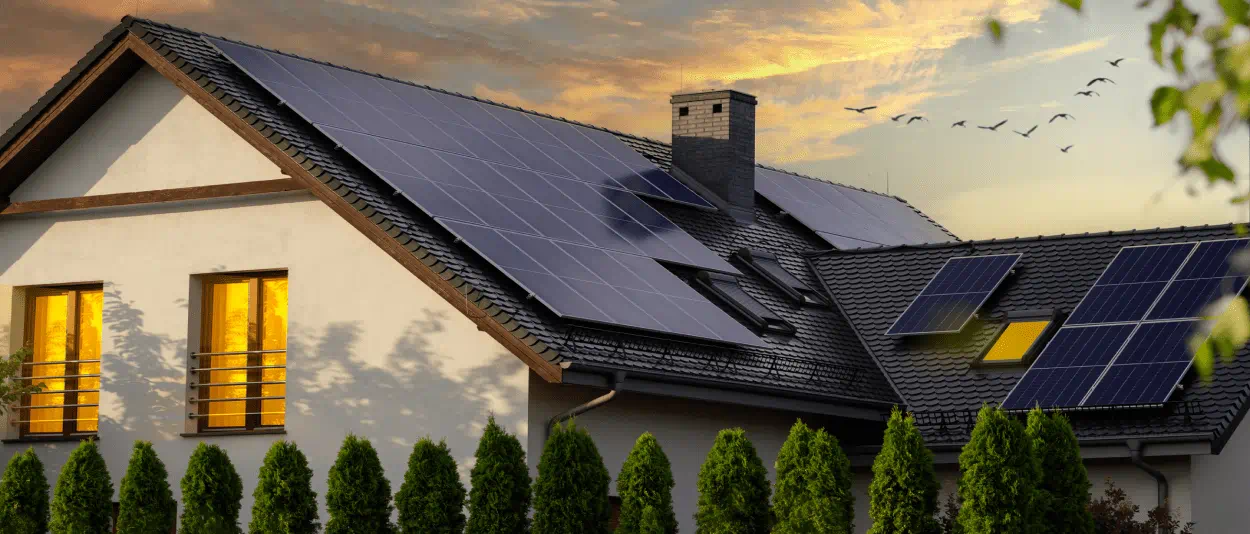
Adding a battery doesn’t just mean you’ll have lights during a blackout. It also means you can time-shift your energy use.
Key Battery Care Tips
- Avoid deep discharge cycles: Draining your battery below 20% repeatedly can shorten its lifespan.
- Keep it cool: Batteries prefer stable indoor environments. Garages without insulation may not be ideal.
- Firmware updates matter: Just like inverters, batteries often benefit from software optimizations.
Client anecdote: A small business owner I advised had a 10 kWh lithium battery that kept failing mid-summer. The cause? The unit was installed too close to HVAC exhaust vents. After relocating it to a shaded storage room, failures dropped to zero.
Smart Inverters: The Brain of Your Solar Setup
If panels are the heart, the inverter is the brain. Today’s “smart inverters” don’t just convert power. They also:
- Communicate with the grid for demand-response programs.
- Automatically reroute electricity during outages.
- Provide detailed data on your energy use.
Troubleshooting Basics
- Error codes: Don’t ignore them. Consult the manual or installer.
- Check connectivity: Many issues are just WiFi drops.
- Reset sparingly: If you’re rebooting the system often, it’s time for a pro inspection.
Charging Your EV with Solar: What to Know
Electric vehicles (EVs) and solar are a perfect match, but you’ll want to size your system carefully.
Key Considerations
- Charger type: Level 2 chargers (240V) are the sweet spot for home solar users.
- Daily driving habits: A 30-mile commute might need 8–10 kWh per day, roughly 2–3 extra panels depending on your location.
- Load management: Smart chargers can time charging to align with peak solar production.
Off-Grid Setups: When Independence Makes Sense
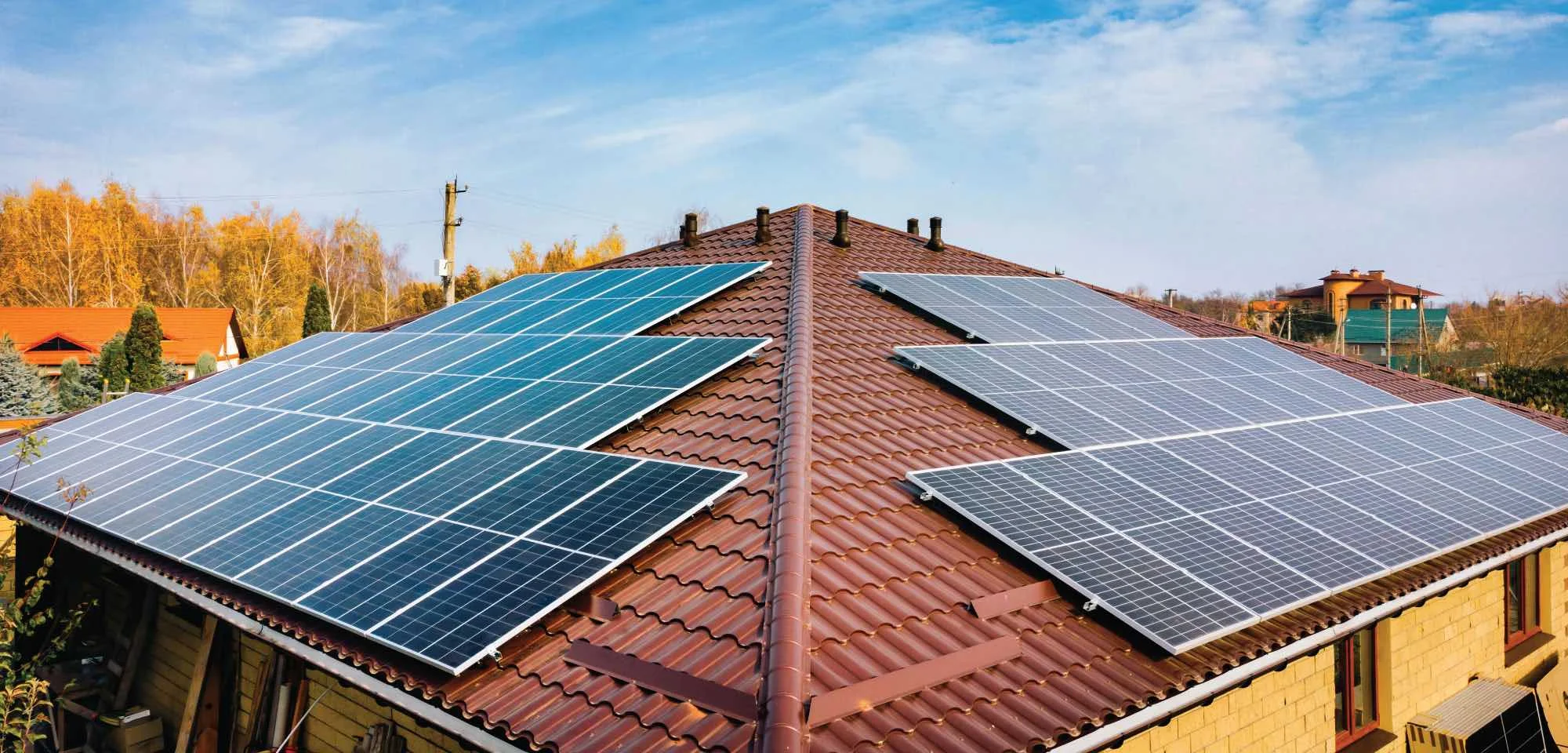
Going fully off-grid with a solar power station appeals to many eco-conscious homeowners, but it’s not for everyone.
Pros:
- Total energy independence.
- No monthly utility bills.
- Resilience against outages.
Cons:
- High upfront cost (extra panels plus large battery bank).
- Limited scalability if your energy use grows.
- Requires diligent maintenance.
For most homeowners, a grid-tied system with battery backup provides the best balance of savings and reliability.
Maintenance Checklist: Keeping Your System Healthy
Here’s a quick, field-tested checklist for quarterly maintenance:
- Inspect panels for visible dirt or cracks.
- Rinse panels with deionized water if visibly soiled.
- Check inverter display or app for error messages.
- Confirm battery charge and discharge cycles are within recommended ranges.
- Trim trees or foliage that may cause shading.
Common Solar Installation Mistakes (and How to Avoid Them)
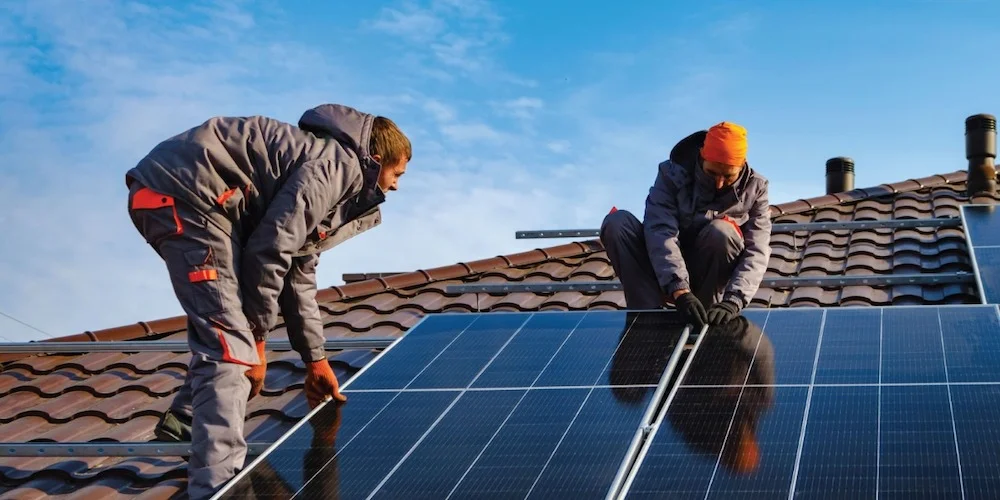
- Undersized systems: Always consider future electric loads, like an EV you might buy in 3 years.
- Poor roof orientation: South-facing roofs are ideal in the U.S.; east and west can still work but reduce annual yield.
- Ignoring warranties: Panel warranties often last 25 years, but inverter warranties are usually shorter (10–15 years).
ROI and Long-Term Savings: What to Expect
- Payback period: Typically 6–10 years depending on incentives and electricity rates.
- Annual savings: U.S. homeowners average $1,200–$1,500 per year in reduced utility bills.
- Property value boost: Studies suggest homes with solar sell for 4–5% more than those without.
Balanced against maintenance and inverter replacement, the long-term math still favors solar, especially as electricity prices climb.
Final Thoughts: Is Your Solar Power Station Performing at Its Best?
A solar system isn’t “set and forget.” Like any investment, it rewards attention and care. From simple cleaning habits to smart battery management, every step you take can mean more free energy in your pocket and less reliance on the grid.
If your panels haven’t been cleaned in over 3 months, you could be losing 10–20% of your energy output. Book a system checkup today and start maximizing your solar investment.

